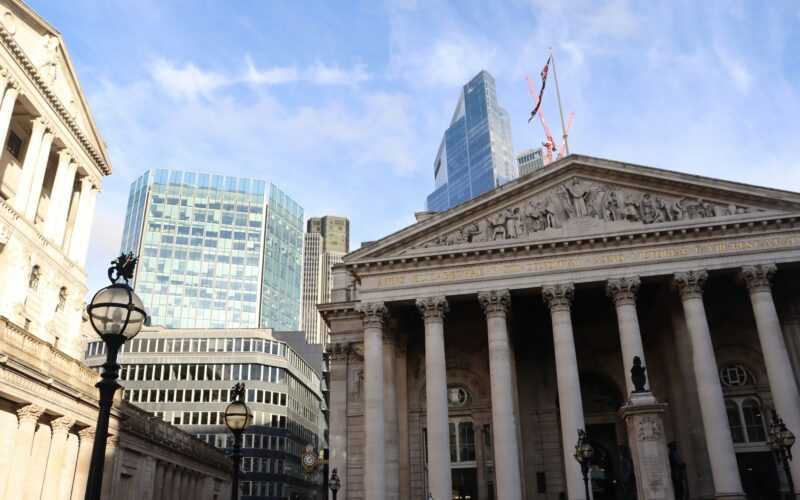The United Kingdom’s economy posted a lackluster performance in November 2024, with GDP growing by just 0.1%, according to the latest data from the Office for National Statistics (ONS). This growth fell short of market expectations of 0.2%, reflecting broader challenges in the economy as it struggles to regain momentum.
GDP Breakdown: Key Insights
The modest growth was primarily driven by the services sector, which also grew by 0.1%. However, other sectors painted a less optimistic picture. The production sector contracted by 0.7%, and construction showed only a marginal gain of 0.2%. The ONS report also highlighted that the economy remained flat over the three months leading up to November, underlining the persistent economic stagnation.
“While services propped up growth, declines in production signal underlying vulnerabilities,” stated a senior economist at the Centre for Economics and Business Research.
Implications for Monetary Policy
This subdued performance has intensified speculation about potential interest rate cuts by the Bank of England (BoE). Economists now predict the BoE could implement up to four rate reductions in 2025 to stimulate economic activity and mitigate the risk of a prolonged slowdown.
A Reuters poll conducted in early January indicated strong expectations for rate cuts, with analysts pointing to the need for accommodative monetary policies to counter weak growth (Reuters).
Impact on the Pound
The disappointing economic data has also taken a toll on the British pound. Following the ONS report, the currency weakened against both the US dollar and the euro, reflecting investor concerns about the UK’s growth outlook. A softer pound could provide a slight boost to exports but raises concerns about inflationary pressures, complicating the BoE’s policy decisions.
Resilient Housing Market
Amid the broader economic slowdown, the UK housing market displayed surprising resilience. Asking prices for newly listed homes surged by 1.7% between December and early January, marking the most significant early-year rise since 2020. The average asking price now stands at £366,189.
This uptick in housing activity is partly driven by expectations of lower borrowing costs in the months ahead, which have bolstered buyer confidence despite broader economic uncertainties (Rightmove via Reuters).
What’s Next for the Bank of England?
The BoE’s Monetary Policy Committee is set to meet on February 6, 2025, to deliberate on interest rate adjustments. With the benchmark rate currently at 4.75%, the sluggish GDP figures and weaker pound are likely to fuel discussions around the timing and scale of potential rate cuts.
Economists argue that a measured reduction in rates could support struggling sectors while encouraging investment and consumer spending. However, the BoE will need to tread carefully to avoid reigniting inflation, which remains a key concern for policymakers.
Outlook for the UK Economy
The UK’s disappointing November growth underscores the fragile state of the economy as it grapples with global uncertainties and domestic challenges. With the prospect of monetary easing on the horizon, the coming months will be pivotal for shaping the country’s economic trajectory.
As the Bank of England weighs its options, all eyes will be on its February meeting to see how policymakers respond to the growing calls for action. For now, the combination of slow growth, a resilient housing market, and currency fluctuations presents a mixed bag for the UK’s economic outlook in 2025.
By aligning monetary policy with economic needs, the BoE has a chance to lay the groundwork for a more robust recovery, ensuring the UK navigates these challenges with greater stability and resilience.
Image; Unsplash








